This post is also available in:  Deutsch (German)
Deutsch (German)
The Europeans have the clock. We have the time.
African proverb
Why do we travel?
Why do we travel?
Why do I travel? Why do I always get the craving for faraway places? Why do I always plan a trip?
I don’t know what it’s for you, but it’s for me about experiences, about “experiencing”.
Experiences fill our existence with life. A fulfilled life is filled with experiences.
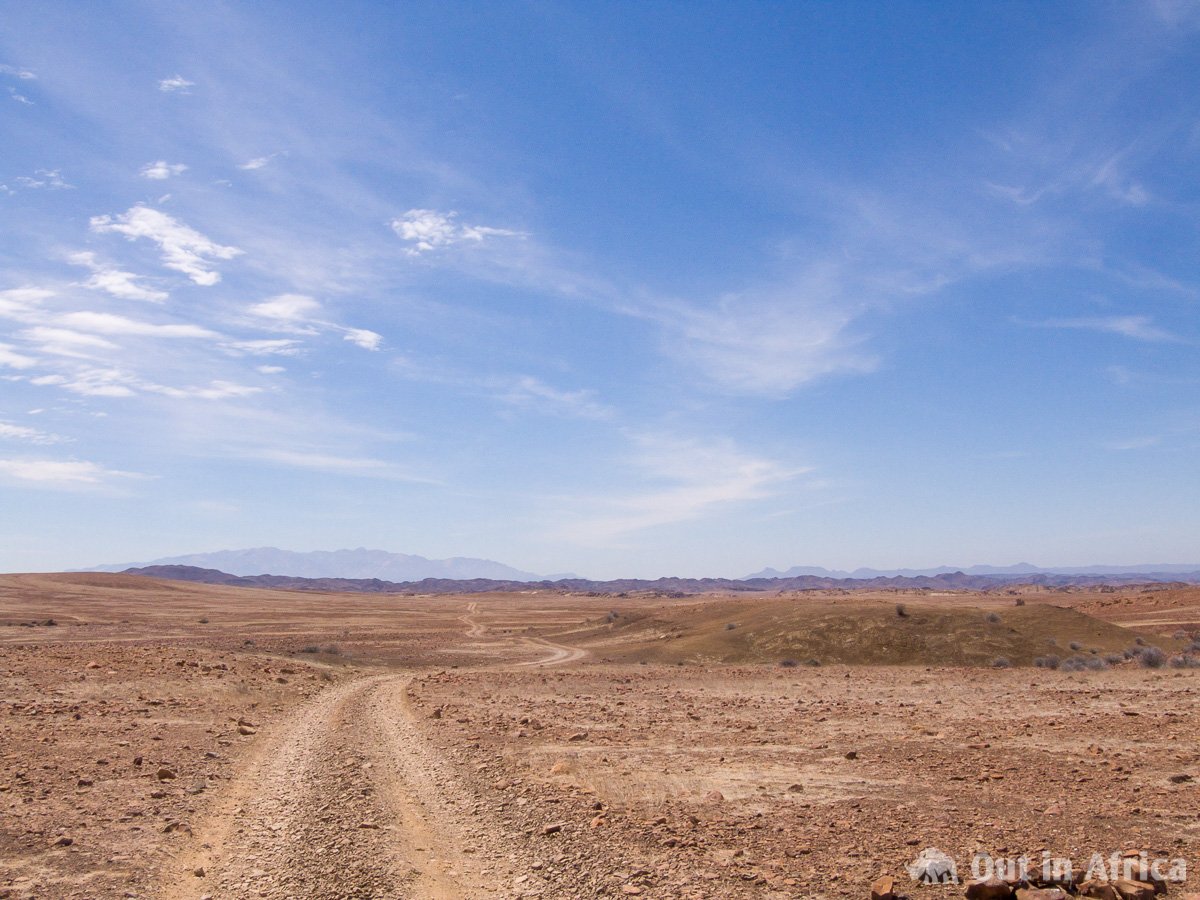
Travel on the Internet
I often use the Internet to inform myself about my planned trips. I have a destination in mind and wonder what is there and what I can experience there. I often come across articles like “20 things you must have seen in Cape Town” or “The perfect itinerary for two weeks Tanzania” or “The complete bucket list for Kenya” or “12 experiences you must have made on Zanzibar”.
And then a list of sights or activities is given, mostly illustrated with beautiful pictures.
And yes, such articles are helpful when it comes to discovering worthwhile destinations. I read them too.
But these articles also sometimes give me the impression that travel is about checking things off a list. The five main sights in Namibia? Been there, done that, got the T-Shirt. Where is the next list?
These articles have another thing in common: the lists of sights to see and activities to do are often very packed. Somehow you should be able to do the 20 things in Cape Town in two days. Or the two-week trip in Namibia includes everything from driving a mokoro in the Zambesi region to hiking in the dunes of Sossusvlei to a walk along the Fish River Canyon. And in between, there are other “things you absolutely have to see”: one or two days in Etosha National Park, rock art at Twyfelfontein, Swakopmund and of course a visit to the quiver tree forest.
Many articles on the Internet give me, and maybe you, the impression that we can actually “tick off” everything on the list in such a short time.
We pin the dots on a map (or in Basecamp) and connect them with lines, and the planning is completed.
What is often neglected in travel planning
I sometimes go to the Namibia Forum. If you want to prepare for a trip to Africa (not only Namibia), it is a great German resource. You can browse travel reports and ask questions, and they will be answered quickly and competently.
Many Africa beginners then post their planned route in the forum and ask for feedback. Often you can see that the questioner has prepared himself well on the Internet because it is a list of places you have to see. Everything is on it: e.g. with a three-week Namibia round trip all sights of interest from the Fish River Canyon up to the Zambesi region. And if you are already there, you would like to make a detour to the Victoria Falls and the Okavango Delta.
The problem is that you have planned two or three weeks for the whole trip.
And then some of the people experienced with Namibia react irritated, and a Shitstorm breaks loose. Those with experience say: “That’s too much” and those without experience are disappointed and say: “But here and there it says that it’s possible”.
Africa is more extensive than you think
What Europeans in particular often do not consider when planning their travel is the fact that Africa is a vast continent. Let me illustrate this.
This is a map of Southern Africa:
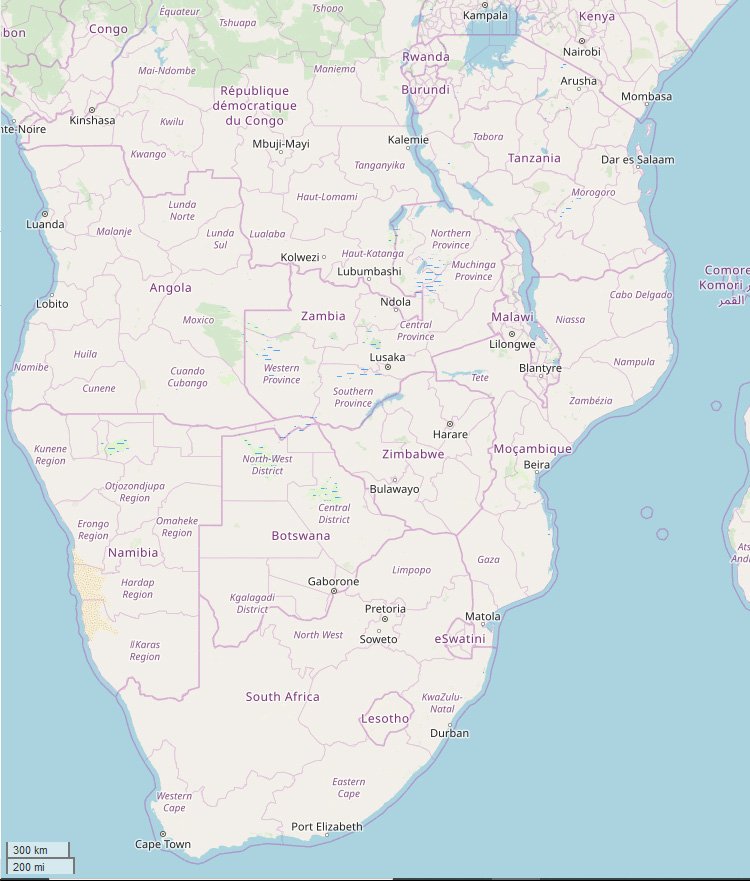
And this is a map of Europe on the same scale:

If I now reduce the two maps only to the shapes of the two continents and then lay them on top of each other, the result will be:
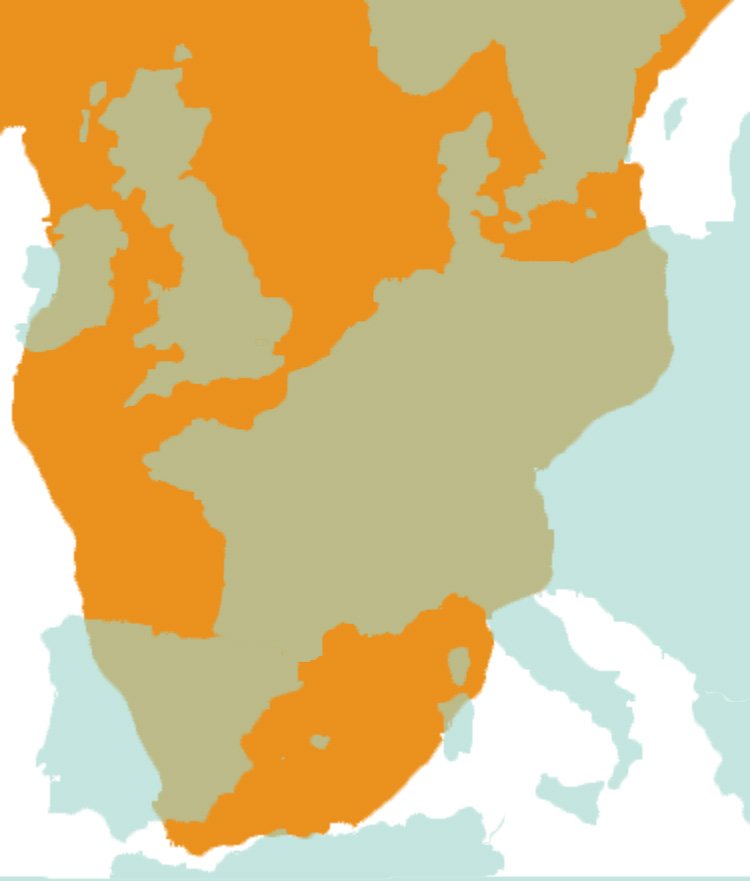
I hope that now you can see better how big Southern Africa is compared to Europe.
Just as you don’t drive fast from Copenhagen to Rome (1900 km) and take all the sights along the way, you don’t drive from Katima Mulilo in the Zambezi region to the Fish River Canyon (also 1900 km) and check off your list.
Africa’s roads are different
Add to that the conditions under which you drive. If you drive in Europe from Copenhagen to Rome, it’s easy. You drive on the freeway and stay on the freeway until you arrive in Rome. In Southern Africa, on the other hand, there are a few highways in some major cities like Johannesburg and Cape Town. Otherwise, at best, you’re driving on a two-lane tarred road.
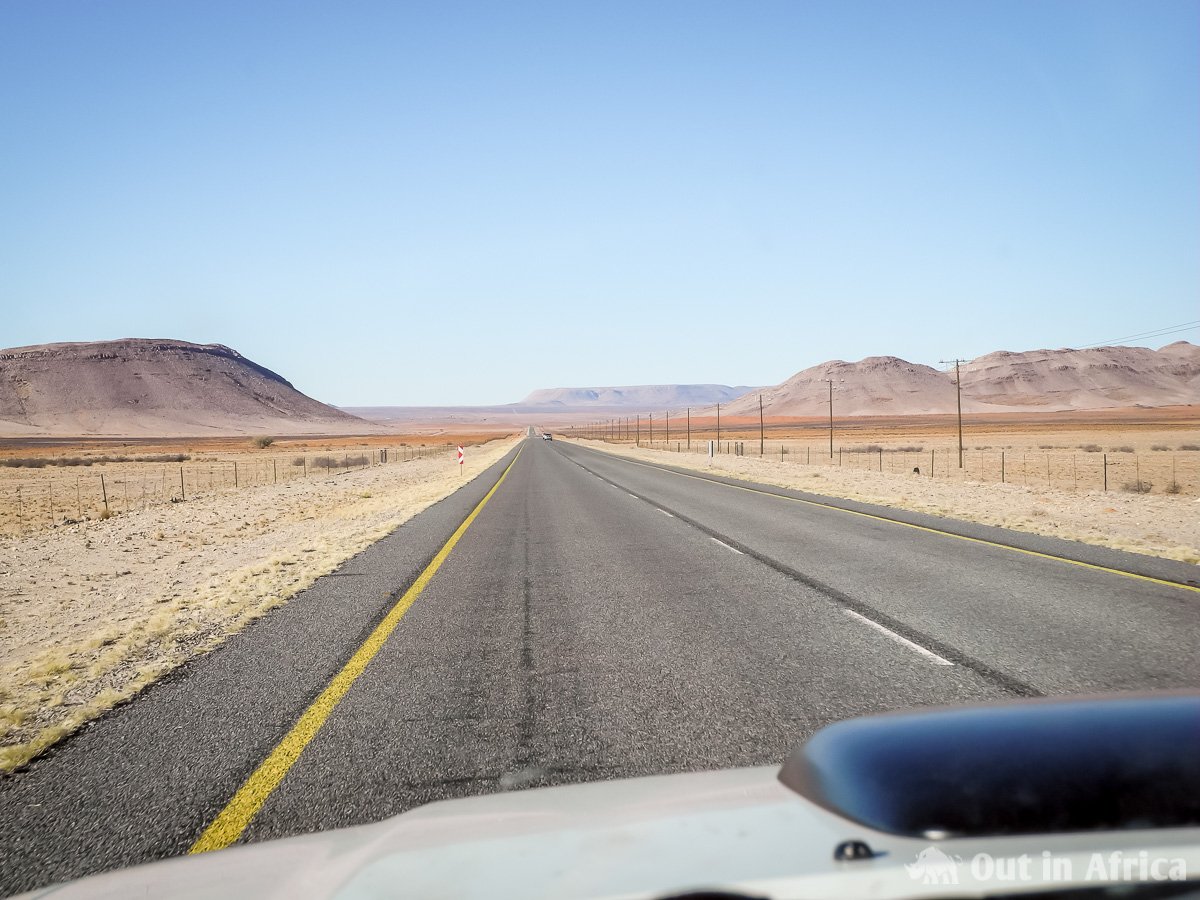
This road may have potholes or construction sites where the potholes are repaired.
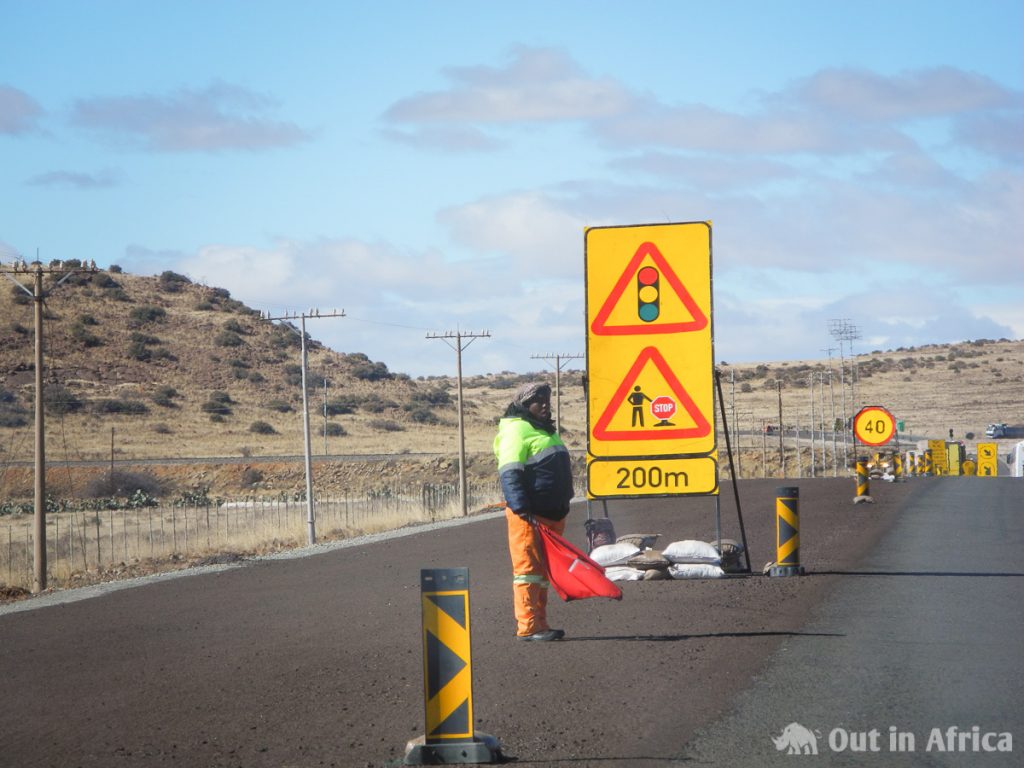
But most of the roads are gravel: fortified, but not tarred. I go to the German Wikipedia for the keyword ” Traffic in Namibia” and notice that 6,664 road kilometres in the country are tarred and 35,700 not. This is a ratio of 1:5. In the best case, the gravel road has just been planed and is running very well.
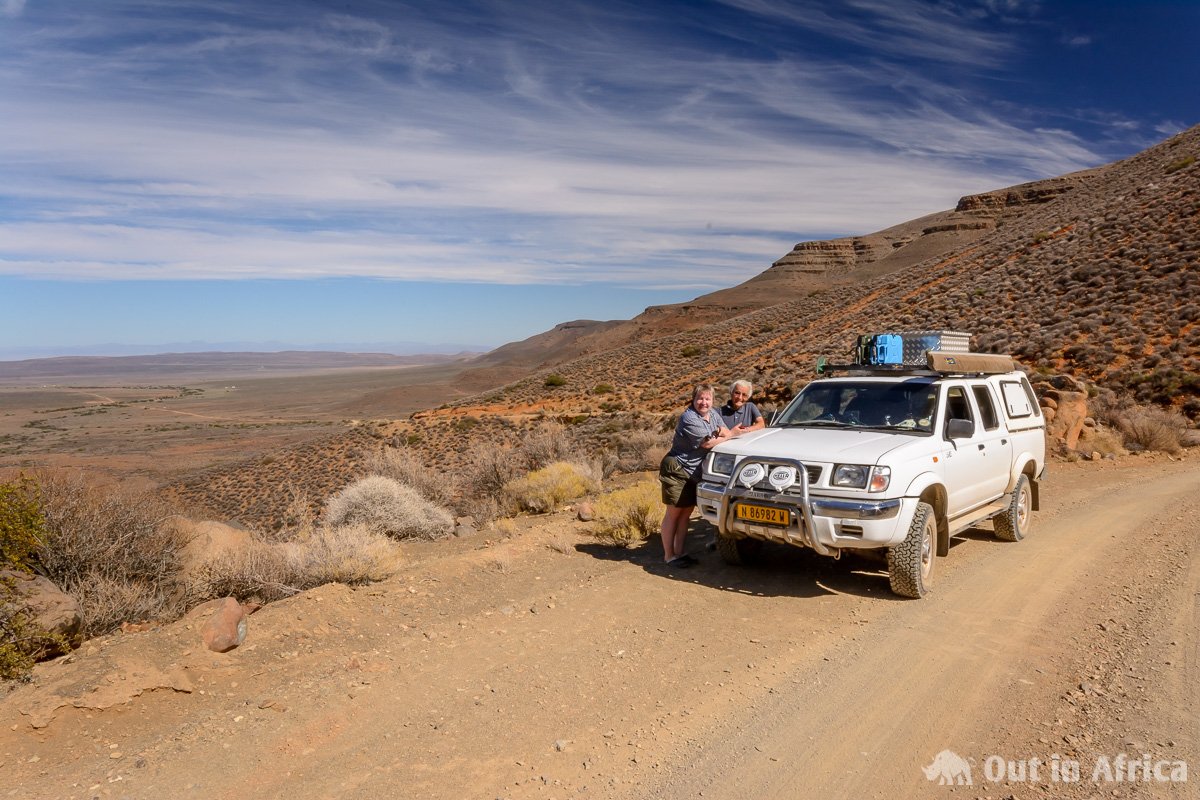
But most of the time it is corrugated and often (especially on the roads used by tourists) it is extremely corrugated. These roads are very exhausting to drive because the car and passengers are shaken continuously. Also, you have to expect breakdowns on extreme gravel: punctures, vehicles breaking apart, parts of the car falling off, leaf springs breaking – been there, done that – not on extreme offroad routes, but a regular gravel road.

The maximum speed you are allowed to drive on asphalt roads in Namibia and South Africa is 120 km/h. We go at 100 km/h. On the gravel roads, you will often see the signs indicating a maximum speed of 100 km/h. Still, it is VERY recommended not to drive faster than 70-80 km/h on these roads. You don’t want to slip off the road on extreme corrugations during the next bend. And you also don’t want to run over the donkeys, goats or cattle crossing the road because you can’t brake as fast on the gravel as on asphalt. My top speed on gravel is 80 km/h.
The planned three-week round trip in Namibia (with a detour to Botswana and the Victoria Falls) can very quickly turn into an endless drive where you only have time to refuel and take a pee break. It is so exhausting that you need a holiday after your holiday.
It has nothing to do with “experience” anymore.
How does a journey become an experience?
Yes, I have also travelled the 2000 km tarred road from Windhoek to Port Elizabeth in 2 days. That is feasible. But it was also exhausting, and it was boring because I didn’t experience anything. At the second trip Windhoek-Port Elizabeth and back we took four days for the way there and five days for the way back. I can’t say much about the first trip. On the second trip, I experienced a lot.
In the meantime, I have established two rules of thumb for my travel planning in Africa:
- I don’t drive in the dark (except in emergencies) – it’s just too dangerous to drive at night.
- I don’t drive more than 500 km per day.
Rule number two is sometimes changed depending on the road surface. The 500 km apply to tarred roads. On gravel, I drive no more than 300 km and offroad no more than 100 km per day. Rather less.
Why do I limit myself so much?
I want to experience something on my travels and not just check off a list of sights. Driving is boring (apart from 4×4 trails). I want to stop in between and take some time to walk around. I want to have enough time to look at the spectacular landscape, to feel the warm wind on my skin, to hear the absolute silence of the desert or the snorting of a herd of hysterical zebras. I want to have enough time to smell the dust of Africa. I want to stop by a padstal along the way and eat roosterkoek and drink coffee. I want to have time for a chat with the owner of the padstal. In the evening, I want enough time to set up the camp, cook food and sit at the campfire. I don’t want to fall into bed dead tired and have no opportunity to look at the stars.
The experiences don’t just lie with the sights you hardly have time for, because on the same day you still have 300 km ahead of you and it’s already noon, time is pressing. The experiences are also on the way between the sights but only when you have enough time.
My tip
The heading has announced a tip on travel planning. What is it then?
My tip is: Take your time!
Now you might say: “But I have only three weeks! And I want to see everything!
Then my advice is: If you don’t have more time, shorten the distances. Less is more! Do half and come back next year and do the other half.
If you want to see everything in three weeks, you won’t see anything.

When I plan a trip in Namibia, I concentrate on at most a quarter of the country, e.g. the south:
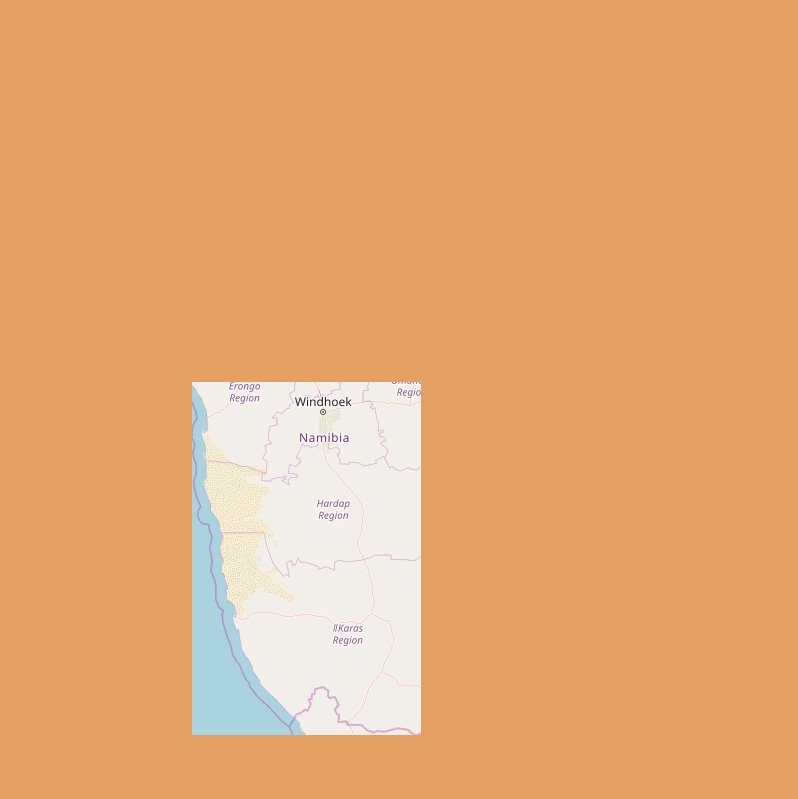
Or the northwest:
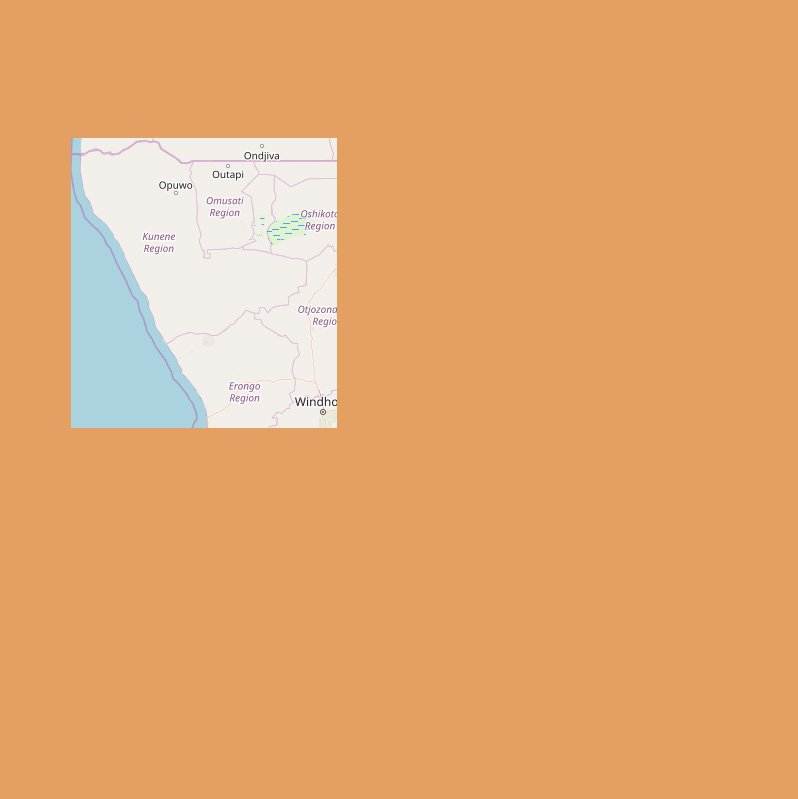
Or the northeast:
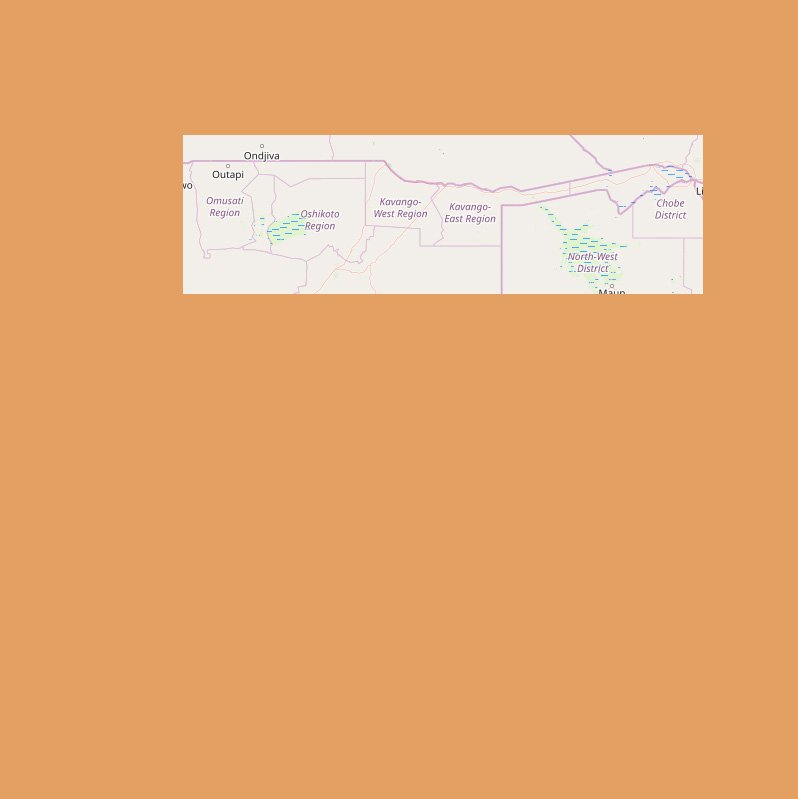
Or the Namib:
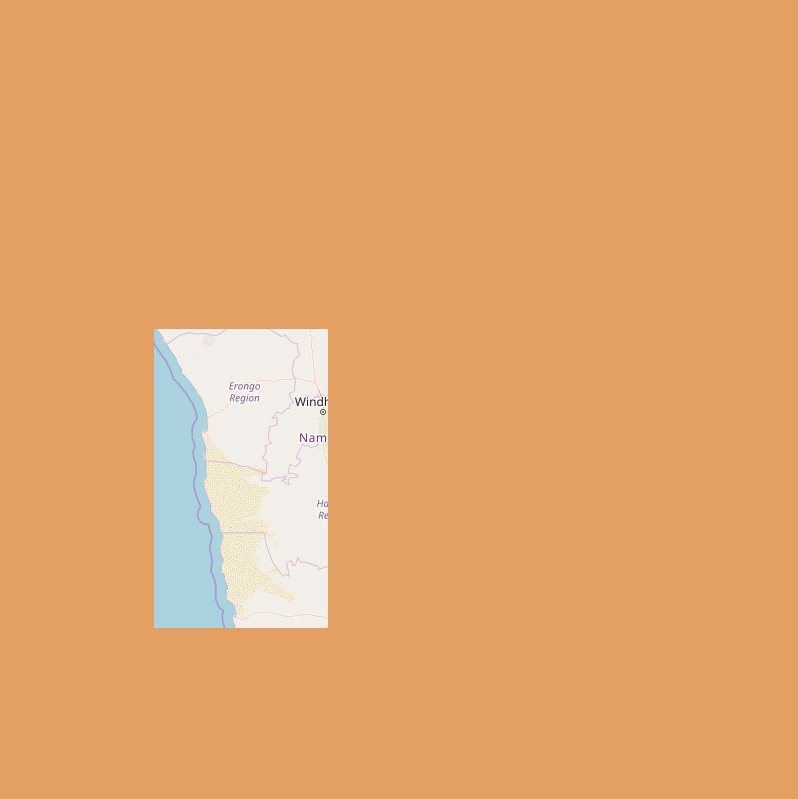
I then try to stay roughly in the part of the country during the planning and even then not to stuff everything in there.
This way, I have enough time during a three-week holiday to experience it all.
I would do something similar with other big countries. For example, in Botswana, I would limit myself to the north or south. With South Africa, I would never pack the Kruger Park, Drakensberg and Cape Town into a three-week holiday, as some websites suggest.
If you want to experience something on your journey in Africa, take your time. Stay longer or come back. Take the time to let your surroundings affect you. Take time for a little hike. Take time to see, hear, feel, smell and taste. Be there and be aware of it. Experience it.

Anette Seiler
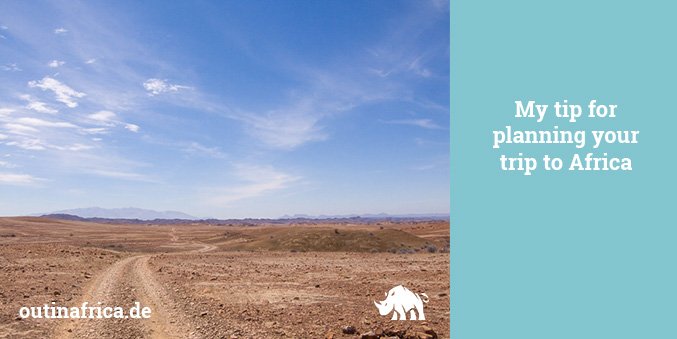
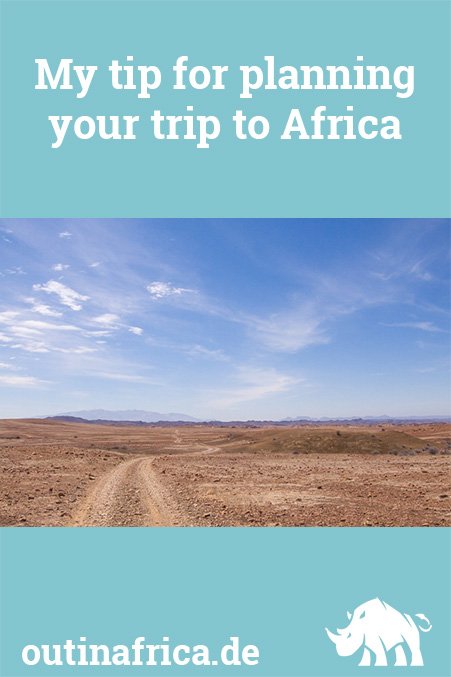

Leave a Reply